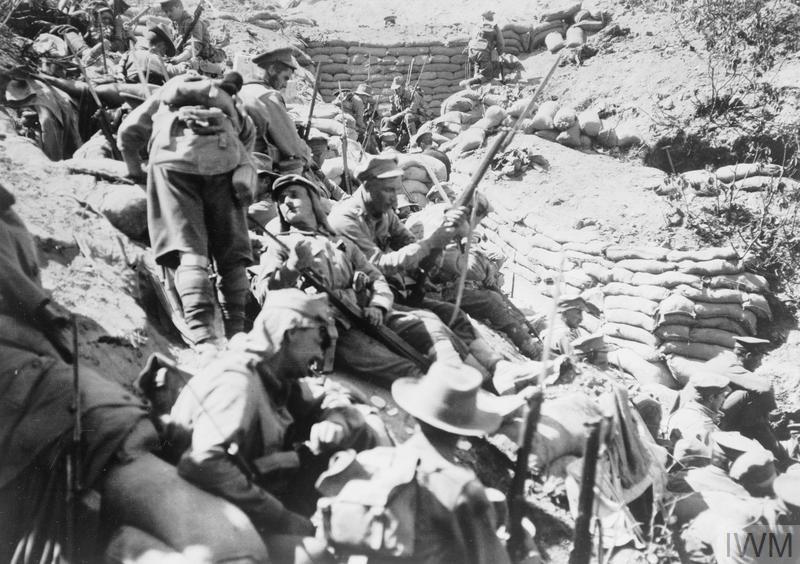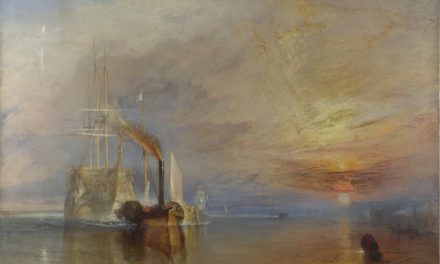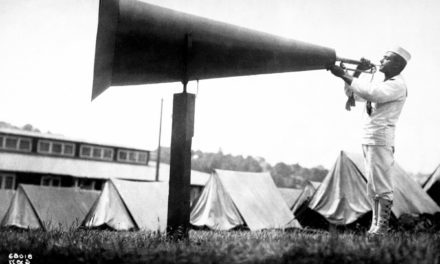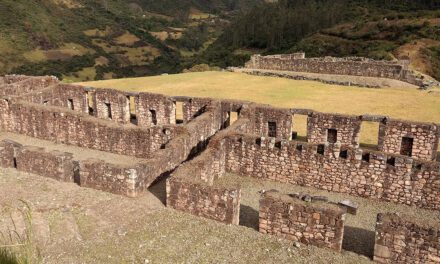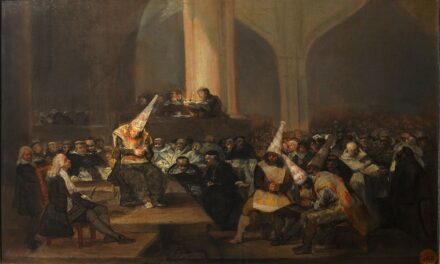History Guild General History Quiz 84
See how your history knowledge stacks up!
Want to know more about any of the questions? Once you’ve finished the quiz click here to learn more.
Have an idea for a question? Suggest it here and we’ll include it in a future quiz!
The stories behind the questions
1. What innovative device was invented to assist the ANZAC forces in their evacuation from Gallipoli?
A delayed action, self firing rifle – A delayed action device, commonly called a drip rifle, invented by Lance Corporal William Charles Scurry (later Captain W C Scurry MC DCM) of the 7th Battalion, AIF, for firing a rifle by means of weights operated through water escaping from one tin into another. A rifle could be left to operate 20 minutes after the device was set. Six rifles were left by 3rd Brigade to fire following the departure of the last party. Read about the story of the very successful evacuation by the ANZAC’s from Gallipoli.
2. In 1932-33 which country was devastated by the Holodomor?
Ukraine – Also known as the Terror-Famine, it killed somewhere between 3 and 3.5 million Ukrainians. The term Holodomor emphasises the famine’s man-made and intentional aspects such as rejection of outside aid, confiscation of all household foodstuffs and restriction of population movement. It is recognised as a genocide of the Ukrainian people carried out by the Soviet government.
3. Where did the largest slave rebellion in US history occur?
Louisiana, 1811 – Read more about this slave revolt.
4. The Committee of Public Safety was an infamous part of which revolution?
1793 French revolution – The Committee of Public Safety was created in April 1793 by the French National Convention. It was charged with protecting the new republic against its foreign and domestic enemies and was given broad powers to achieve this. The committee’s power grew to dictatorial heights as it organised the Reign of Terror, under the leadership of Maximilien Robespierre. Sentiment in the Convention eventually turned against Robespierre, who was executed in July 1794.
5. Which was the shortest war in history?
Anglo-Zanzibar War, 1896 – Read more about this fascinating conflict.
6. How long did the Deepwater Horizon oil well spill oil into the environment?
87 days – On 20th April 2010 the BP operated Deepwater Horizon oil well exploded, causing the largest marine oil spill in history. After several failed attempts it was finally sealed on 19th September 2010.
7. In 250 BCE Greek Scholar Eratosthenes calculated the circumference of the Earth. How accurate was he?
Within 2% – His calculations were incredibly accurate, remaining the most accurate known for over 1,500 years. Read more about how he worked it out.
8. Peter Paul Rubens was one of the most influential artists of which style of art?
Baroque – Sir Peter Paul Rubens was a Flemish artist and diplomat. His Baroque style emphasised movement, colour, and sensuality. Rubens was a prolific artist. He painted over 1,400 pieces, producing altarpieces, portraits, landscapes, and history paintings.
9. Where is this iconic historic building?
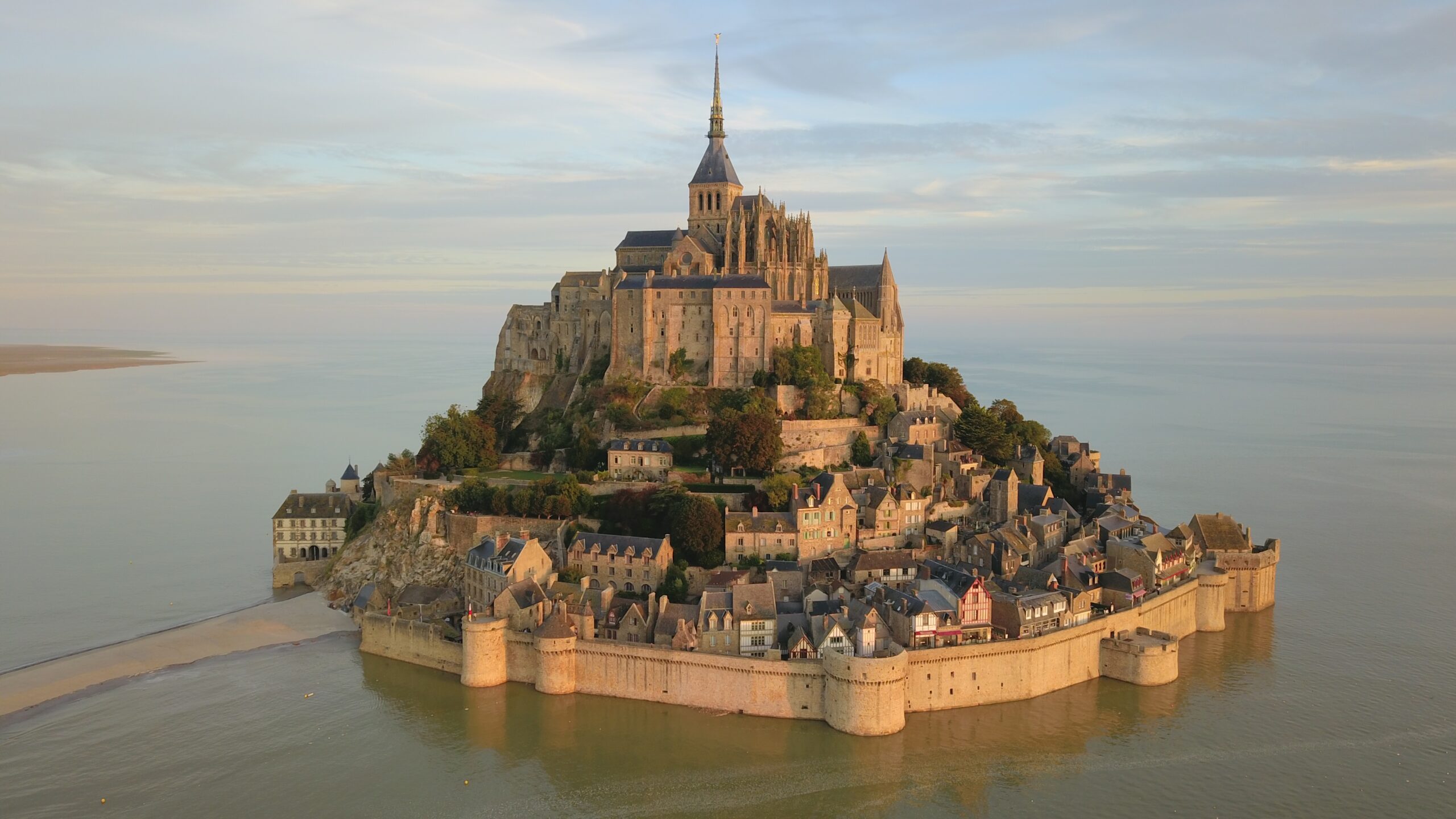
Normandy, France – Le Mont-Saint-Michel is a castle and abbey on an island 1km off the Normandy coast, near Avranches. It is accessible at low tide to the many pilgrims to its abbey, but defensible as an incoming tide stranded, drove off, or drowned would-be attackers. The island remained unconquered during the Hundred Years’ War.
10. Which years saw a period in which no Nobel Peace prizes were awarded?
1939-1943 – In 1939, the Peace Prize was not awarded. No prize was awarded in any category from 1940 to 1942, due to the occupation of Norway by Germany.
During the occupation of Norway, three members of the Norwegian Nobel Committee fled into exile. The remaining members escaped persecution from the Germans when the Nobel Foundation stated that the committee building in Oslo was Swedish property. Thus it was a safe haven from the German military, which was not at war with Sweden. These members kept the work of the committee going, but did not award any prizes. In 1944, the Nobel Foundation, together with the three members in exile, made sure that nominations were submitted for the Peace Prize and that the prize could be awarded once again.

